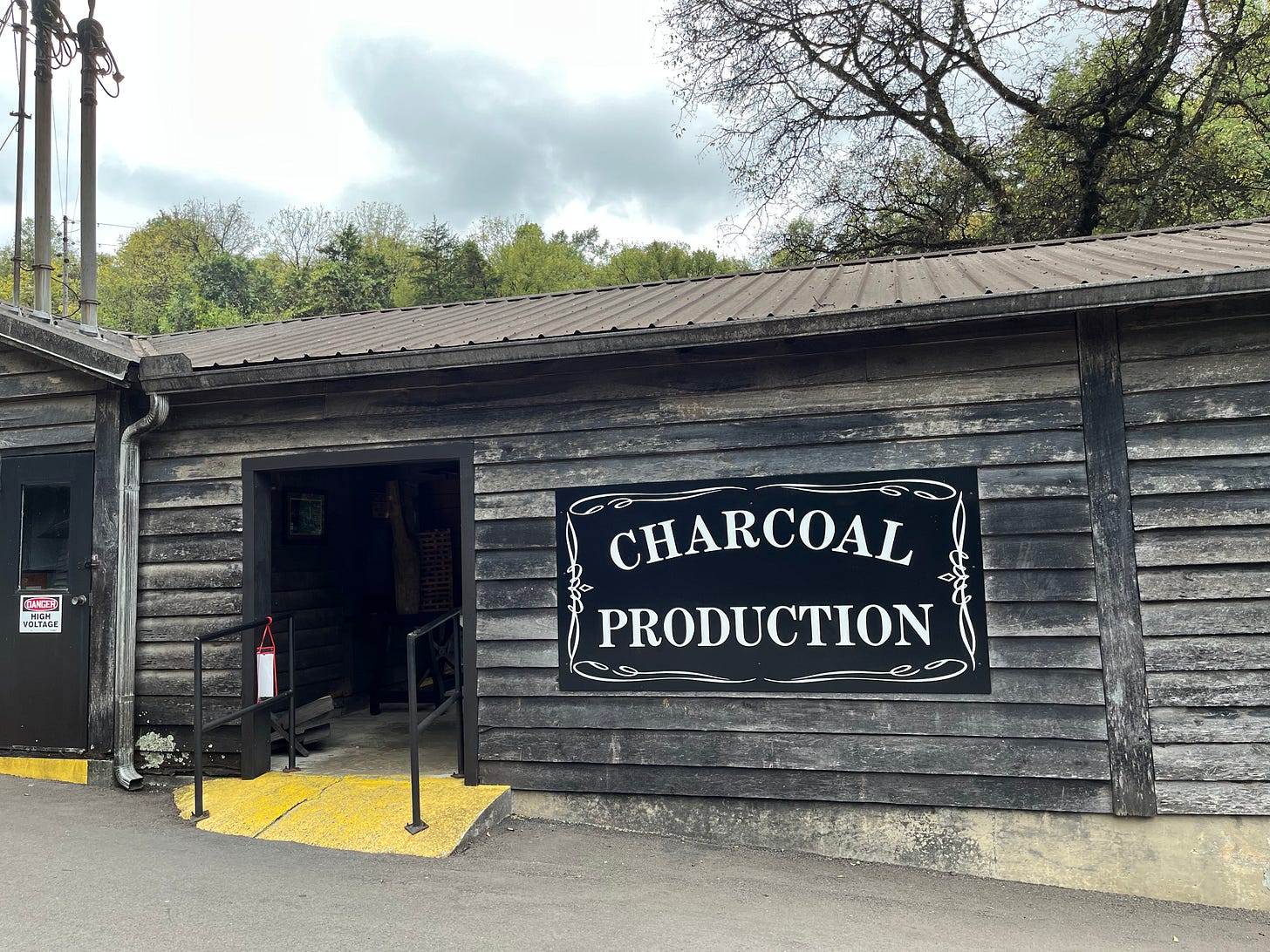I recently spent some time in the USA as part of a short sabbatical and visited successful companies that have a strong brand, have been very successful with the same product for a long time and are internationally renowned. These were
Harley-Davidson, Milwaukee, Wisconsin,
Jack Daniels, Lynchburg, Tennessee,
Tabasco, Avery Island, Louisiana,
Coca-Cola, Atlanta, Georgia
Among other things, I was curious to see how much of their history they would reveal and whether anything could be gleaned and learned from it: They all revealed a lot of their history and obviously did so with pride and as part of their identity.
I had the impression that I could quickly recognize the commonalities that have made these companies so successful.
In general, it was striking that at all 4 companies there was initially a single person who pursued a personal passion and perseverance. This perseverance paid off and a first version of a successful product was created, which was then further refined. During the refinement process, the inventors always kept the one product in focus and put love into the details of the product. No other products were invented and detailed improvements also included peripheral things such as packaging, sales channels and pricing. It is important to note that at this stage, these companies were already profitable and financially independent.
During the refinements, the scaling of production also began and a lot of attention was paid to details. Whether it was the in-house production of charcoal and barrels at Jack Daniels or the clever decision for the shape of the Coca-Cola bottle. At the same time, business acumen and clever marketing now took on the most important role and this was the phase in which a successful brand was established. The product began to stand for something and customers liked the product because of this image. Again, very clearly: customers were now potentially buying the product because it stood for something they wanted to associate themselves with and not just because of the characteristics of the product itself. In the case of Coca-Cola, the failed launch of the superior product in blind tests, New Coke, is real proof. All 4 companies, or rather their main product, are in many ways no longer a superior product and all have successful competitors. Maintaining the brand nevertheless protects and supports sales success.
Although they all now have other products in their portfolio, these are all very closely related to the “main product” and are presumably a small diversification that is intended to attract new customers, young customers, to the brand, which was previously bought more by the parents of the younger generation.




